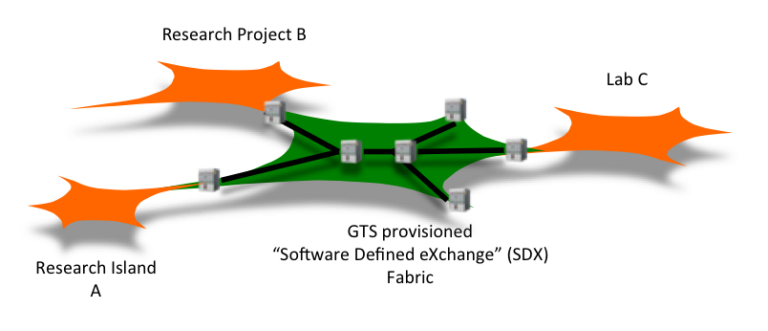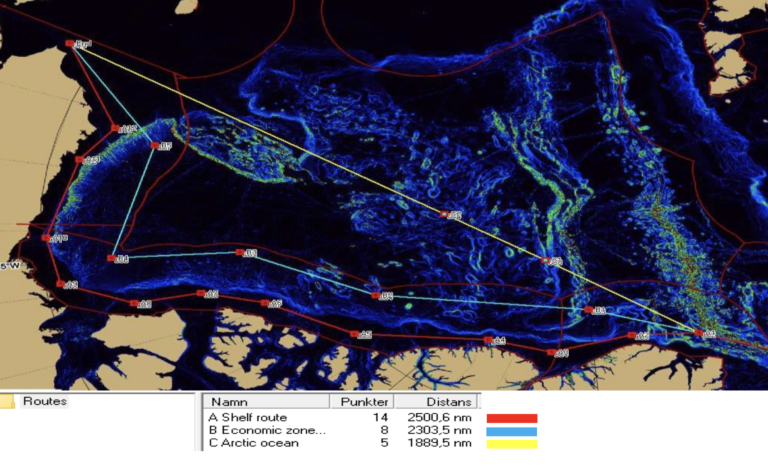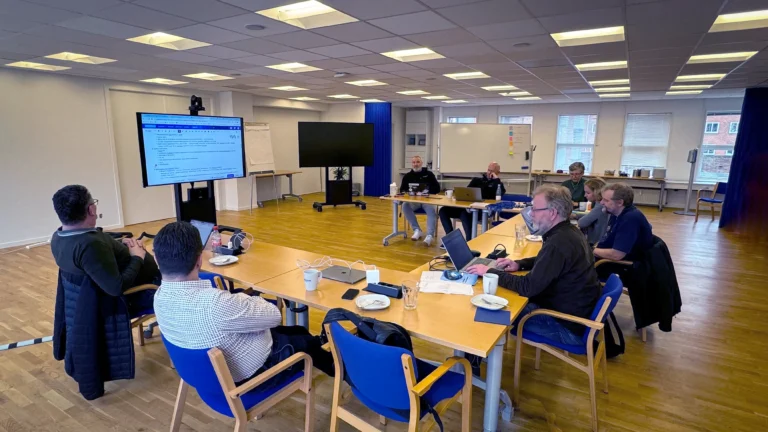Towards tailor-made virtual networks
– The NORDUnet Global Virtualization Service offers experimental testbeds to researchers
Reducing the time it takes to set up an experimental network from months to minutes, and allowing Wide Area Network testing, the NORDUnet Global Virtualization Service, GVS, is a great forward stride in network virtualisation. Researchers are now invited to use the new testbed-as-a-service to test new network technologies, create isolated “private” networks and develop advanced distributed applications.
Reducing the time it takes to set up an experimental network from months to minutes, and allowing Wide Area Network testing, the NORDUnet Global Virtualization Service, GVS, is a great forward stride in network virtualisation. Researchers are now invited to use the new testbed-as-a-service to test new network technologies, create isolated “private” networks and develop advanced distributed applications.
The Virtualisation buzzword has been around for almost two decades now, playing a key role in server development and cloud computing. The concept of emulating hardware in software and harvesting all the advantages in efficiency and flexibility along the way is now slowly creeping into the network world also.
But why do we need to virtualize the network anyway?
The main reason is, that traditional network infrastructure, designed when client-server computing was dominant is struggling to handle the explosion of content on the Internet. Not only images and video, also mobile devices, big data and the emerging “Internet of things” are testing the limits of existing networks, constrained by inadequate standards and protocols.
Data plane / control plane separation
But it’s possible to make the traditional static network intelligent, responsive, programmable and centrally controlled. The way forward is to separate the data plane from the control plane, making the network itself programmable and adaptable, creating a flexible and powerful infrastructure, to be tailor-made by the user to fit his or her specific needs.
No doubt, it’s an intriguing vision to put tailor-made, flexible and resource efficient virtual networks on top of physical networks. But as always, visions are easy, making them real not so much. But step-by-step we’re getting there. In the early days of network virtualization, testbeds were used for experimenting with new network technologies. Now they’re moving out of the labs, and while stability increases they start becoming relevant for other purposes also. The NORDUnet Global Virtualization Service wants to further this by focusing on speed and user friendliness, together with offering powerful resources.
The NORDUnet GVS is the first inter-continental and 10 Gbit/s capable deployment of such a testbed service. This is achieved by running testbed software developed in the GÉANT GTS project on NORDUnet equipment and POPs in Miami, Washington DC, Geneva and Copenhagen. As an example, you can test distributed applications in a real-life setting. If you are building a videoconferencing system spanning two continents you may want to find the best spot to place the MCU (Multipoint Control Unit). Testing can help answer that question.
Your own “private” network
Within the framework of the physical network, users can now design their own “private” network, choosing virtual connections, compute, storage, routers and switches, fitting their needs. This virtual network is separated from other virtual networks running on the same equipment, so that researchers building networks or designing advanced distributed applications get the opportunity to test their designs in a real-world environment, without the risk of breaking services belonging to others in the process.
Designing a virtual network is made as easy as possible for researchers and universities in need of dedicated e-infrastructures. Using the NORDUnet Global Virtualization Service, time to set up an international network is reduced from months to minutes. This is how you do it:
You choose the components of the network you need – general purpose computational servers, switching and forwarding elements, data transport circuits etc. Then you specify desired attributes for each resource, such as geographic location for a server or switch or the desired bandwidth capacity of a transport link.
When you’re done your design goes to a GVS resource manager for review. If everything is in order he’ll allocate the required resources and your testbed will be up and running.
Using GVS even a small research program can easily be up and running – performing relevant mission oriented research – almost immediately upon award rather than suffering through months of ramp up time and overhead unrelated to the program’s research objectives.
If you’re interested in knowing more about GVS, please send an email to gvs@nordu.net







